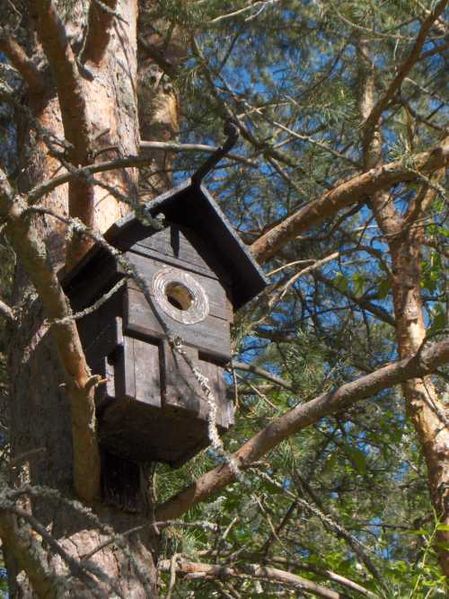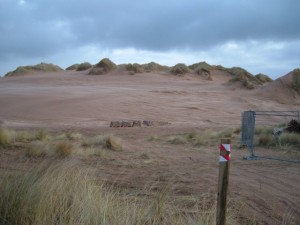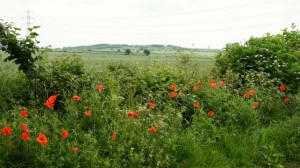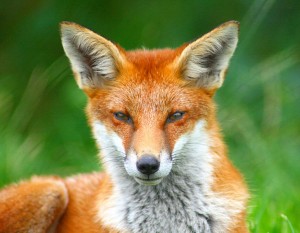Bird Boxes – A Topic of Debate for UK Bird Conservationists?
To bird box, or not to bird box? That is the question. And a simple question you may think. What is wrong with fitting bird boxes/nest boxes over the seven acres of woodland around my house?
 Image: Wiki Commons
Image: Wiki Commons By Sam Morris (permaculture practitioner/dog rescuer/freelance writer and more..)
To bird box, or not to bird box? That is the question. And a simple question you may think. What is wrong with fitting bird boxes/nest boxes over the seven acres of woodland around my house?
Those were my initial thoughts. But the issue is slightly more complicated…
I’m the lucky owner of a plot of woodland made up of cycle coppice, ancient hedge rows, veteran trees, self seeded pioneer species (birch, hawthorn, hazel and rowan), a broad mix of deciduous and coniferous specimens planted thirty years ago and an unmanaged orchard due to be salvaged when pruning time begins.
We are spread along a steep south-facing slope with a spring sitting at the top, that joins the stream at the foot of the valley. The land has been left to run its course for a long time and the with the slope being too steep to farm, the woodland had established itself into maturity.
Red Kites are in abundance here and in the evening common pipistrelle bats dart down to feast while the house martins sleep. Pied flycatchers strut their stuff about us and we find and enjoy a variety of mushrooms and puffballs.Clearly, a rich bio-diversity has developed with little or no intentional human input due, in part, to continuity of conditions.
So should I put up my collection of bird boxes? The counter argument is as follows.
With an established ecosystem, the introduction of bird boxes provides an opportunity for more common species such as sparrows, starlings and blue tits to establish. This can create competition for the more specialist residents. The site’s previous unmanaged status has allowed ‘natural’ systems to grow which can handle yearly variations, stress and climate and weather vagaries. The system has its own resistance and an influx of more common species, who would be out competing for nest holes and food could disturb the extant equilibrium.
This balance and resistance has been created through continuity. It seems to me that more is not always better. I am not sure which course of action is best, but this does highlight the importance of intimate local knowledge. Only by careful observation over time can I really understand the site and act with a balanced approach. It is, at times, good to be parochial. So the question still stands. To bird box, or not to bird box?
Feel free to share your comments and views below…Thank you.





One Comment
It is an interesting subject.
I appreciate your holistic argument and on reflection I think it is a wise decision, the natural cycle and eco system provides the foundation for these animals and as you say our interference could tip the balance.
Writing this comment in 2021 in lock down I feel it is important for us all in our local area to try and preserve the natural habitat and let nature do its work, as it has successfully done so for so many thousands of years.
Enjoy your local woodland! I try and pick up litter and take in all of my surroundings when out on my walks. It is amazing when you slow your mind down what you can see, hear smell etc.
I believe and hope that one positive from this lockdown is that more people will value the great outdoors and the true beauty the UK has on offer for all that will only just appreciate and respect it.
Enjoy your woodland Sam.
All the best
Mark (Kent, UK)